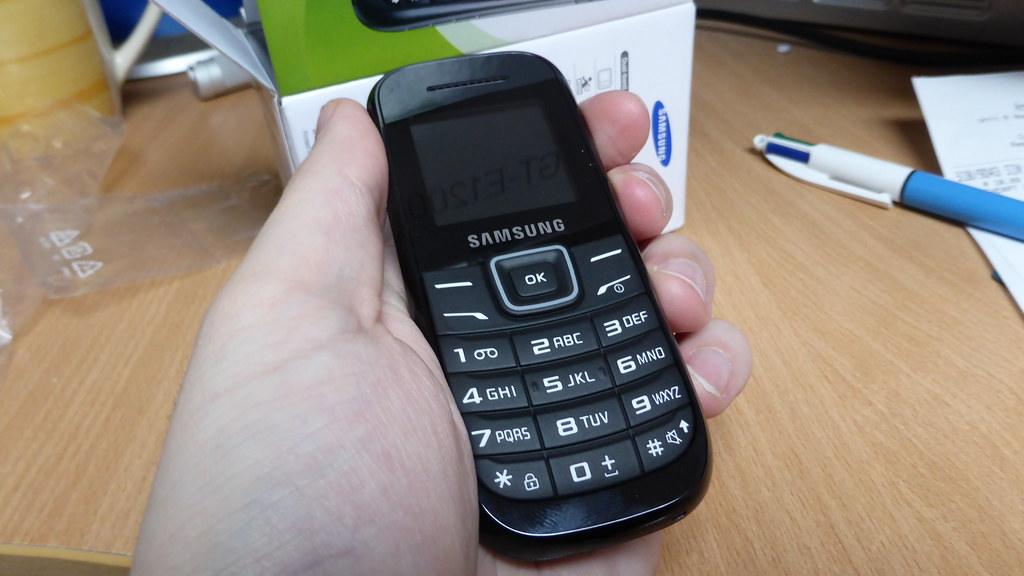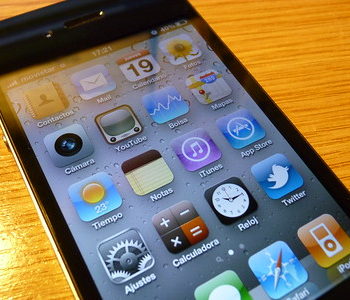Texting is fast communication with the intent of speeding up communication and documenting important data. Texting allows for distant communication, this means that messages can be sent and received at the convenience of two or more individuals. As a result, It provides the flexibility to respond at one’s own pace, This makes it convenient for people with busy schedules to respond immediately when otherwise it wouldn’t be possible. For example, If someone needs to deliver a non-urgent message to a friend while they are in a meeting or otherwise busy, this provides flexibility by allowing individuals to make contact when they have the time. Sending a text allows them to read and respond later when they have the time. Texting also allows for more thought-out communication, as individuals can take their time to formulate a message and re-read it to properly understand a message. It can also serve as a form of documentation, where information can be saved and not lost. For example, you can always go back to messages sent in the past, This is useful when a boss or teacher says something important that may need to be looked back on. As a result, this makes Texting and email strongly preferred.
Texting requires a less emotional way of communication which can lead to struggles when communicating. This includes a lack of Tone and Context, text messages can often be difficult to understand and are not interpreted the same as face-to-face conversations. The lack of body language may lead to misunderstandings. For example, if a friend sends a sarcastic message that could be misunderstood as serious, it may cause confusion or offense without the intention of the message. Ultimately the disadvantages of texting do not outweigh the covenant of the product. The convenience and the ability to same texts make texting more convents than any other method.
“samsung phone” by Sean MacEntee is licensed under CC BY 2.0.











